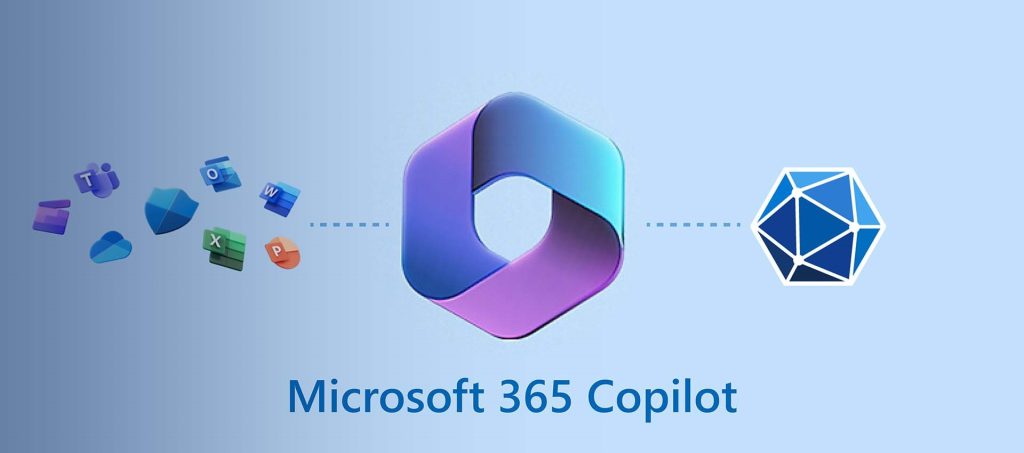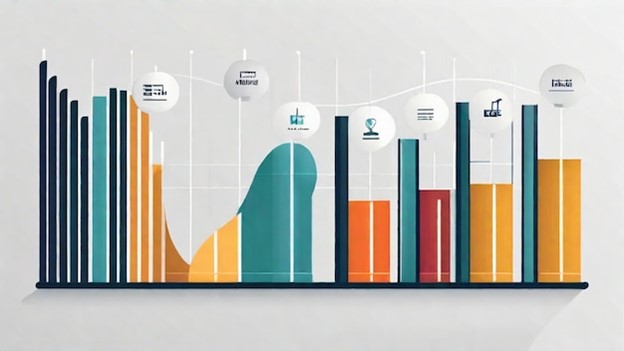Data management and analytics are two correlated fields that deal with the collection, transformation, organization, structure, and analysis of data. In today’s fast-paced digital world, data has become the means of business. Data management and analytics have surfaced as decisive tools for organizations to stay ahead of the competition and make knowledge-based decisions. This comprehensive guide will provide you with an in-depth understanding of data management, analytics, sharing, and data science, as well as how to get maximum value from your data.
Understanding Data Management
Data management is the process of collecting, storing, organizing, and maintaining structured data to ensure its accuracy, security, validity, and accessibility. This process is essential for businesses as it enables them to derive actionable insights from their data and make data-driven decisions.
Significance of Data Management
Effective data management is important for;
Improved and Fast Decision-Making: Accuracy and updated data allow businesses to make knowledge-based decisions, leading to better results.
Increased Efficiency: Well-organized data enables businesses to streamline their operations and minimize errors.
Enhanced Data Security: Proper data management protects against data breaches and ensures strict compliance with data protection rules and regulations.
Better Data Quality: A well-structured data management ensures the accuracy and consistency of data; it makes it more reliable and applicable for analysis and decision-making.
Components of Data Management
A comprehensive data management system component;
Data Governance: Implementing policies and processes and assigning responsibilities to manage data effectively.
Data Storage: Decide on appropriate storage solutions to ensure data security and accessibility.
Data Integration: Proper Combination and integration of data from different sources to provide a consolidated view.
Data Quality: Ensuring the accuracy, comprehensiveness, and consistency of data.
Data Security: Implementing strict measures to prevent unauthorized use, data breaches, data loss, illegal data manipulation, and unauthorized viewing and sharing of data.
Data Archiving and Backup: Updated historical data storage that ensures data availability in case of system failures.
Harnessing the Power of Data Analytics
Data analytics analyzes, cleans, transforms, and models’ data to extract valuable information, draw conclusions, and support decision-making. By leveraging data analytics, organizations can uncover grey/hidden patterns, trends, and insights that can help them make knowledge-based decisions and achieve their business objectives.
Types of Data Analytics
Data analytics can be categorized into four types:
Descriptive Analytics: This analytics helps to understand past events by analyzing historical data. It answers the question, “What happened?”
Diagnostic Analytics: This type of analytics focuses on identifying the root causes of past events by examining relationships between variables. It answers the question, “Why did it happen?”
Predictive Analytics: This analytics uses statistical techniques and machine learning algorithms to forecast future events based on historical data. It answers the question, “What is likely to happen in the future?”
Prescriptive Analytics: This type of analytics goes beyond predicting future events and recommends the best course of action to achieve desired outcomes. It answers the question, “What should we do about it?”
Data Analytics Techniques and Tools:
There are several data analytics techniques that organizations can use to analyze their data, including:
Statistical Analysis: This involves statistical methods to analyze and interpret data, such as regression analysis, hypothesis testing, and data visualization.
Machine Learning: This employs an algorithm that can learn from data without explicit programming, enabling computers to make predictions or decisions based on the data.
Text Analytics: This technique involves analyzing unstructured text data to extract meaningful insights and patterns.
Data Visualization: This technique involves the use of graphical representations, such as charts and graphs, to display data and make it easier to understand.
Organizations can choose from a wide range of data analytics tools, such as Microsoft Excel, R, Python, SAS, and Tableau, depending on their requirements and preferences.
Data Science: Bridging the Gap between Data Management and Analytics
Data science is an interdisciplinary field that interrelates data management, data analytics, and domain expertise to extract valuable insights and knowledge from data. Data scientists use various techniques, such as machine learning, statistical modeling, and data visualization, to analyze and interpret data, enabling organizations to make data-driven decisions.
Data Science Applications:
Data science has numerous applications across various industries, including:
Marketing Analytics: Data science helps organizations optimize their marketing strategies by analyzing customer data and identifying patterns to target the right audience.
Risk Management: By analyzing historical data, data science can help organizations identify potential risks and develop strategies to mitigate them.
Healthcare: Data science plays a crucial role in analyzing patient data to improve diagnostics, treatment plans, and patient outcomes.
Supply Chain Optimization: Data science can help organizations optimize their supply chain operations by analyzing demand, inventory, and logistics data.
Fraud Detection: By identifying unusual patterns and anomalies in data, data science can help organizations detect fraudulent activities and take preventive measures.
Enhancing Data Value through Data Sharing
Data sharing refers to the practice of making data available to others, either within the organization or externally, for analysis and decision-making. Sharing data can significantly enhance its value by enabling organizations to:
Collaborate: Data sharing fosters collaboration among different teams and departments, leading to better decision-making and problem-solving.
Leverage External Expertise: By sharing data with external partners, organizations can benefit from the expertise and knowledge of others, leading to improved insights and outcomes.
Promote Transparency: Sharing data externally can help organizations demonstrate their commitment to transparency and accountability, which can improve their reputation and credibility.
Drive Innovation: Data sharing can stimulate innovation by providing researchers and developers with access to valuable data, enabling them to discover new insights and develop novel solutions.
However, organizations must consider potential risks, such as data breaches and privacy concerns, when sharing data and implement appropriate security measures to safeguard their data.
Conclusion
Data management and analytics are vital for organizations looking to harness the power of their data and make knowledge-based decisions. By implementing effective data management practices, leveraging data analytics techniques and tools, and adopting a data-driven mindset, organizations can unlock the true potential of their data and achieve their business objectives.

















